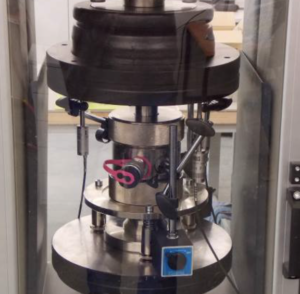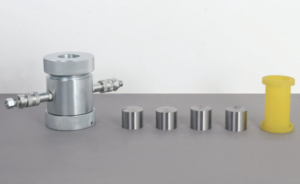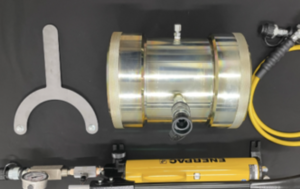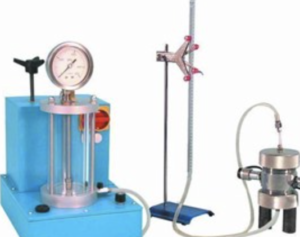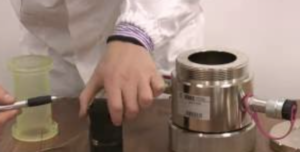What Role Do Building Material Tests Play in Sports Facility Construction?
When it comes to constructing sports facilities, performance and safety go hand in hand. Whether it’s a high-performance gym floor or an all-weather running track, building material tests1 are critical to ensure these environments meet athletic, structural, and safety standards2. These tests don’t just protect the athletes—they enhance performance, reduce injuries, and extend the lifespan3 of the facility. Here’s how testing supports every step of sports facility construction.
Shock-Absorption Testing of Sports Floor Materials
Athletes put immense stress on their joints during training and competition. That’s why indoor courts, gymnasiums, and multipurpose halls use shock-absorbing floor systems4 to minimize injury5. Testing verifies whether these materials provide the right amount of cushioning.
Key Shock-Absorption Tests:
- EN 14904: Measures vertical deformation and shock absorption for indoor sports surfaces.
- DIN 18032-2: European standard that assesses energy return and joint protection.
- ASTM F2772: U.S. standard for indoor athletic floor systems’ performance.
| Floor Type | Test Method | Measured Benefit |
|---|---|---|
| Wooden sprung floors | EN 14904 | Reduces knee and ankle stress |
| Synthetic rubber tiles | DIN 18032-2 | Enhances safety for high-impact sports |
| Vinyl sports flooring | ASTM F2772 | Ensures consistent player movement |
Shock-absorption tests help engineers choose flooring that supports both elite performance and long-term athlete health.

Weather-Resistance Testing of Outdoor Sports Facility Materials
Outdoor facilities—such as running tracks, tennis courts, and stadium seats—face constant exposure to sun, rain, wind, and temperature shifts. Testing ensures these materials resist UV radiation, thermal expansion, water damage, and fading6.
Common Weather-Resistance Tests:
- UV Resistance (ASTM G154 / ISO 4892): Simulates prolonged sun exposure.
- Freeze-Thaw Cycling (ASTM C666): Checks structural durability in cold climates.
- Water Absorption (ASTM D570): Measures how much moisture materials retain.
- Colorfastness Testing (ISO 105-B02): Evaluates surface appearance over time.
| Component | Test Applied | Importance in Outdoor Use |
|---|---|---|
| Track surfaces | UV & freeze-thaw tests | Prevents cracking and fading |
| Artificial turf | Drainage and heat testing | Maintains performance in all conditions |
| Stadium seating | Weathering and aging | Ensures long-term color and strength |
Weather-resistance testing helps ensure outdoor facilities stay safe, functional, and visually appealing through years of use.
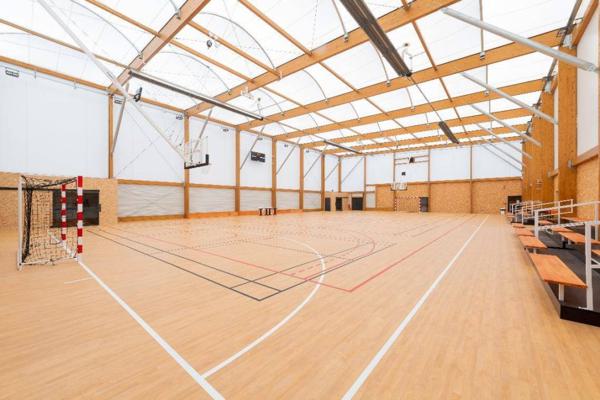
Fire-Retardant Testing of Interior Sports Venue Materials
Large crowds, electrical systems, and enclosed spaces make fire safety in sports venues7 a top priority. All interior materials—like acoustic panels, seats, and ceiling finishes—must meet fire-retardant requirements8 through standardized tests9.
Fire Safety Tests:
- ASTM E84 (UL 723): Measures surface burning characteristics.
- ISO 11925-2: Small flame test to assess ignitability.
- NFPA 701: Evaluates flammability of textiles used in sports halls.
- Smoke Toxicity and Density (ASTM E662): Ensures visibility and air quality during evacuation.
| Material | Test Conducted | Purpose |
|---|---|---|
| Wall coverings | Flame spread and smoke test | Prevents rapid fire spread |
| Sound-absorbing panels | Ignitability testing | Reduces ignition risk in acoustic elements |
| Stadium seating foam | Smoke density and heat release | Enhances crowd evacuation safety |
Fire-retardant testing provides life-saving protection in case of emergency, especially in packed arenas and stadiums.
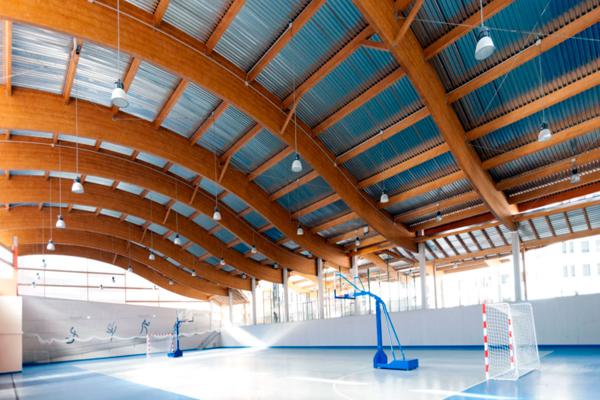
Elasticity and Durability Testing of Sports Equipment Materials
From basketball backboards to pole vault mats and gymnastic surfaces, sports equipment materials must be tough, flexible, and safe. Testing verifies their ability to withstand repeated impacts, weathering, and stress without failure.
Key Performance Tests:
- Tensile and Elongation (ASTM D638): Measures stretch and resilience.
- Abrasion Resistance (ASTM D4060): Assesses wear on equipment surfaces.
- Tear Strength and Puncture Tests: For mats, nets, and covers.
- Elastic Recovery Tests: Ensures bounce and rebound characteristics remain consistent.
| Equipment Type | Test Type | Performance Goal |
|---|---|---|
| Pole vault landing mats | Tear and impact testing | Ensures athlete safety during landings |
| Tennis net cords | UV and tensile testing | Withstands sun and racket tension |
| Basketball backboards | Impact resistance testing | Maintains stability during dunks and shots |
These tests help create sports equipment that is reliable, safe, and capable of high-performance use across seasons and users.

Conclusion
In sports facility construction, every material—from flooring to façade—must pass the test, literally. With proper building material testing, facilities deliver peak performance, athlete safety, and long-term value, whether in a quiet community gym or a bustling Olympic stadium. Testing isn’t just about quality control—it’s about building confidence into every game, event, and performance.
-
Understanding building material tests is essential for ensuring safety and performance in sports facilities. Explore this link to learn more. ↩
-
Familiarizing yourself with these standards is crucial for anyone involved in sports facility construction. Discover more about these important guidelines. ↩
-
This resource will provide insights into how the right materials can significantly impact athlete safety and facility durability. ↩
-
Explore this link to understand the technology behind shock-absorbing floor systems and their benefits for athletes. ↩
-
Learn how these floors can significantly reduce injury risks for athletes, enhancing safety during training and competition. ↩
-
Explore this link to discover the most effective materials that can withstand harsh outdoor conditions, ensuring durability and longevity. ↩
-
Understanding fire safety in sports venues is crucial for ensuring the safety of large crowds and compliance with regulations. ↩
-
Exploring fire-retardant requirements helps ensure that materials used in venues meet safety standards, protecting lives and property. ↩
-
Learning about standardized tests for fire safety materials can provide insights into how safety is measured and maintained in venues. ↩

